Whoever thought it was a good idea to start a Physical Therapy blog in their first year of school during three seasons of coaching track & field is definitely not a smart person. Yes, I made the commitment and then March hit where two months went by with no posts! Well…. here I am, hoping to share some things that I learned from each of my four courses this spring as I enter our quick three week summer session before second year begins. Don’t worry, I will keep this short and concise!
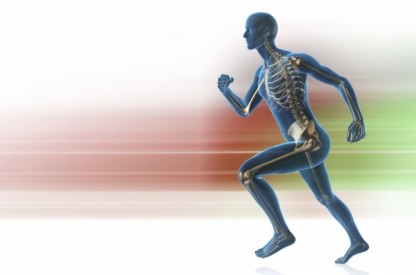
Kinesiology
I’m going to have to re-read this book again because this course was jam-packed with info. I’ve heard from several current PT’s that if you know your kinesiology very well, you would have a successful career as a PT; apparently a personality doesn’t hurt either.
The gist of this course: throughout any action whether it is walking, sitting, lifting something up, jumping etc, what muscle is working, what ligament is supporting it, when is the joint in its safest position, how is gravity affecting this whole process etc. REALLY REALLY INTERESTING STUFF!
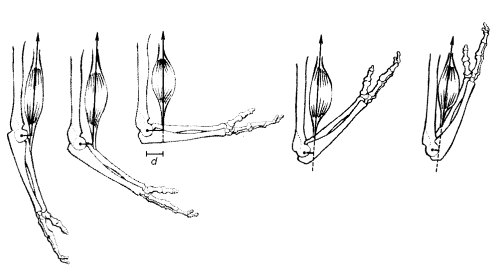
I have to say that my favorite part of the course was…..
Analyzing Gait: Take two steps (otherwise known as a stride). Do you realize how many muscles you are using? I now have the ability to break down a stride and see what deficiencies are occurring at each phase. This is so interesting because if one thing does not look correct, there are many compensations with other body parts. More compensation could mean more stress, weakness, overuse, etc. Because these phases can be broken into small sub-phases, we as the physical therapist can identify these deficiencies and help correct them through a number of different interventions. I cannot wait to try some slow motion video analysis with my runners over the summer to begin helping them!
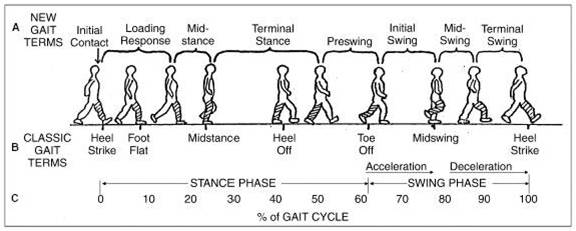

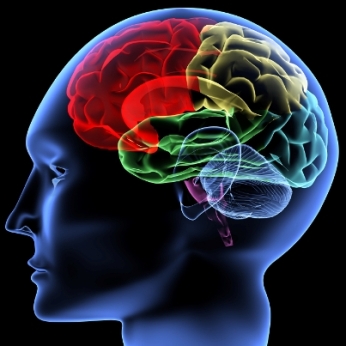
Neuroscience
The human brain is so amazing and is composed of so many many different parts which affect things like mood, behavior, movement, feeling hot/cold objects, etc. I quickly learned that as a physical therapist, I would see many patients that had some type of neurological impairment. We touched upon all of the different tracts in the body (I hope I can remember all of these), the tell-tale signs/symptoms of different impairments, and even different ways to treat these types of patients.
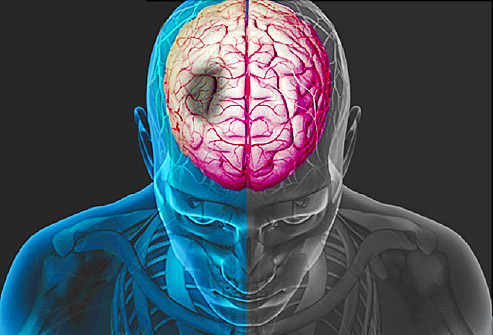
The most fascinating part of the course was when we learned about stroke. I wish I could have appreciated this more, but when you are finals mode it is more about cramming then appreciating the knowledge you are obtaining.
There are many different types of strokes, all which produce many different types of results. A stroke in one area of your brain may produce paralysis of your lower opposite leg, or it could be the entire body, or perhaps a loss of speaking or comprehending language!
I feel confident in being able to look at a stroke victim and identify where the stroke occurred. The next step is learning about the rehabilitation process!

Therapeutic Modalities
As an owner of both an ultrasound unit and an electrical stimulation machine (they sell them on Amazon), I definitely buy into to the use of Therapeutic Modalities (in the right situation).
Although this class involved the tedious task of memorizing many many numbers, I now have a better grasp on exactly when to use these different machines and how they may help my patient. My favorite modality without a doubt was electrical stimulation, which I will most definitely use the most in my future clinic.
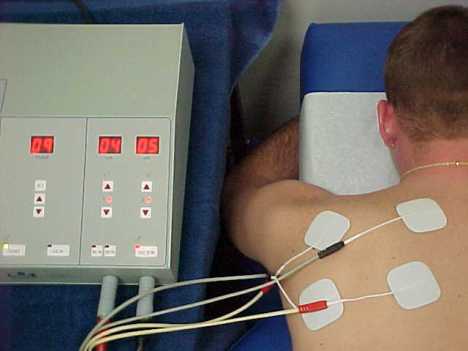
Electrical stimulation has SO many uses! It can be used to decrease swelling, pain, aid in re-educating a muscle, can help increase strength, and my favorite — to break up nasty trigger points. I have a better idea now as to my parameters when setting a patient up instead of just putting the machine on its highest settings!

Clinical Skills
I had a love-hate relationship with this class and am not afraid to admit it. I do know its importance as next year we will be in the clinic working with patients hands on! As the semester progressed, we started to learn interventions with our patients such as different types of massage, joint mobilizations, therapeutic exercises, and strengthening/resistance exercises which added to our toolbox of examination techniques. Although my grade might not reflect it, I feel very confident working with another person one on one and beginning the critical thinking process when diagnosing and working with this patient.
My favorite part of this course was easy: stretching! I learned new stretching techniques and gained a deeper appreciation of how each muscle is being lengthened and shortened in a given position. I thought I knew every stretch that ever existed but I was deeply humbled, for the 100th time this year.
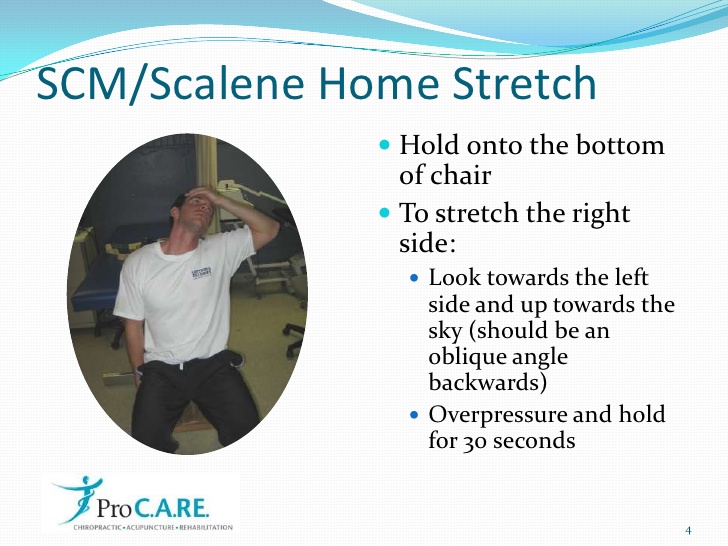
Thank you for the support of family and friends as I went into disappearance mode this spring. I will be back all summer with lots of blogging!
Dave
